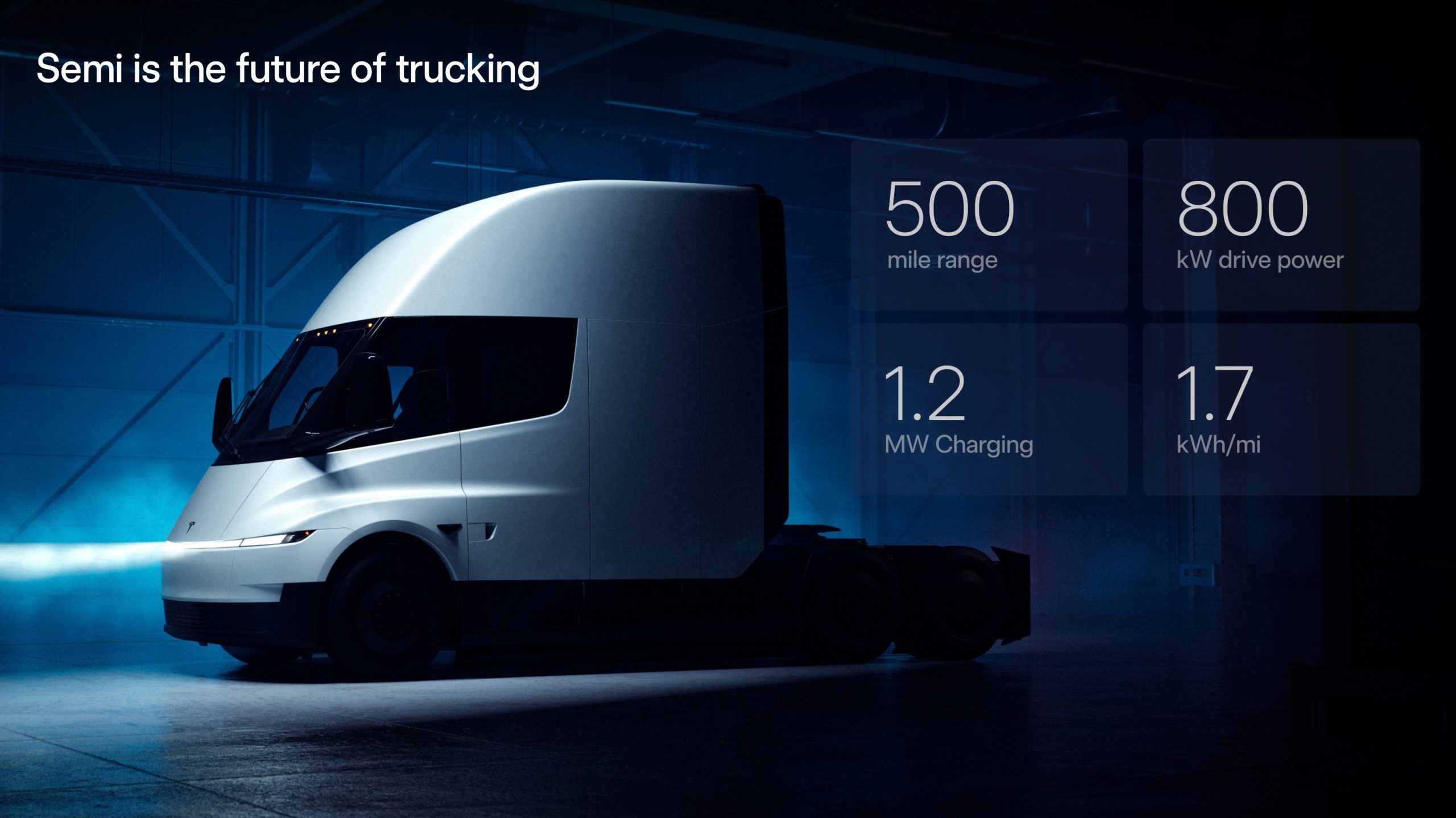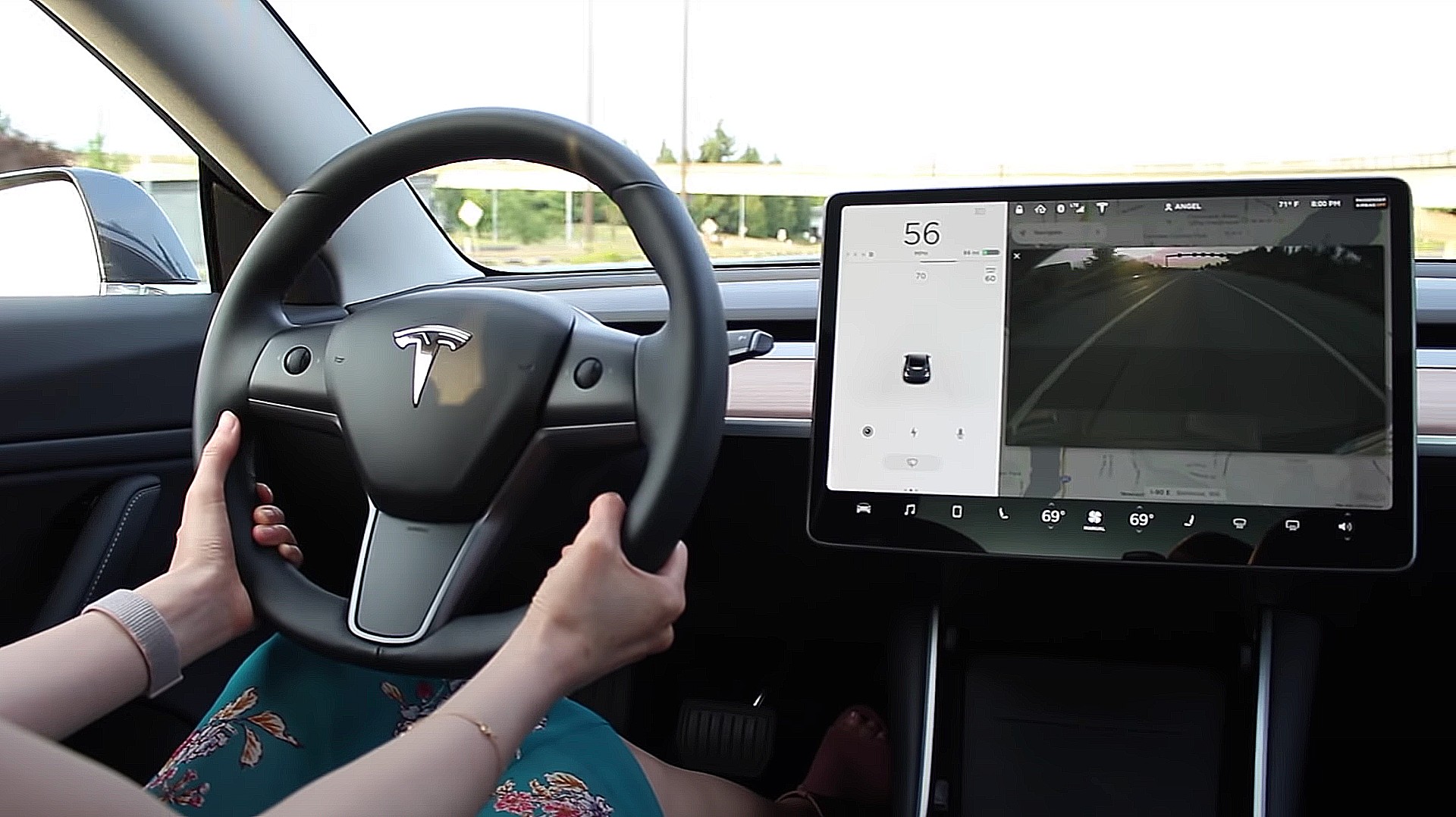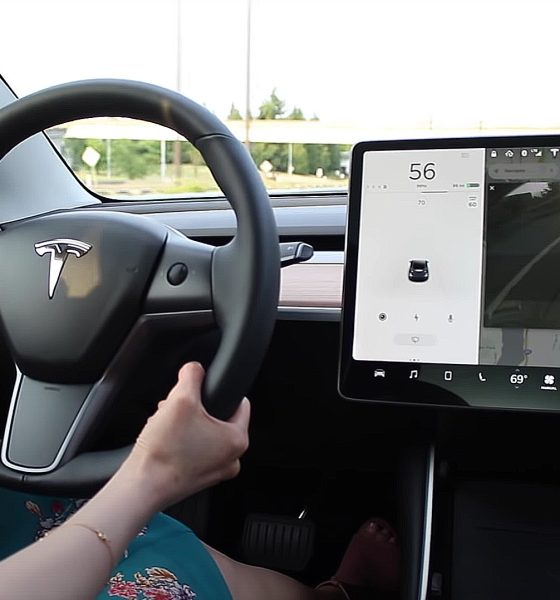The first report of an accident involving a vehicle that uses Tesla’s Full Self-Driving Beta is being looked at by the National Highway Traffic Safety Administration (NHTSA). The accident is currently not under a formal investigation by the NHTSA, but the agency did state that it is “gathering information” related to the incident.
A Tesla Model Y enrolled in the FSD Beta program reportedly took a left turn and drove into the wrong lane. The Model Y was struck by another vehicle, and the driver states that they tried to regain control of the car to correct the maneuver. “The Vehicle was in FSD Beta mode, and while taking a left turn, the car went into the wrong lane, and I was hit by another driver in the lane next to my lane. The car gave an alert 1/2 way through the turn, so I tried to turn the wheel to avoid it from going into the wrong lane,” the Model Y owner wrote. However, it was too late, and “the car by itself took control and forced itself into the incorrect lane creating an unsafe manner putting everyone involved at risk,” according to the owner’s account.
Tesla FSD Beta crash report posted on NHTSA website, claims car fought for control
The NHTSA confirmed to Teslarati that it was “gathering information” on the incident and had reached out to the electric automaker for information. Details of the accident first appeared on the NHTSA website on November 8, although the accident occurred on November 3. The NHTSA monitors the list of complaints filed with the agency, and incidents that are unable to be confirmed are removed from the list. However, this accident was confirmed, and the NHTSA is looking into the situation.
As previously mentioned, the NHTSA has not launched a formal investigation into the accident.
The NHTSA told Teslarati:
“NHTSA is aware of the consumer complaint in question and is in communication with the manufacturer to gather additional information. NHTSA encourages the public to report any safety concerns to the agency at nhtsa.gov or by calling the Vehicle Safety Hotline at 888-327-4236.”
Additionally, the NHTSA clarified that it does hold differences between “gathering information” and “investigating” an incident. The agency told us that this incident is not under formal investigation.
The accident occurred in Brea, California, a city in Northern Orange County with about 43,000 people.
For the last few months, Tesla has expanded its FSD Beta fleet and has been extremely cautious and conservative with adding new drivers. The FSD Beta fleet only features drivers with Safety Scores between 99 and 100, which Tesla owners have stated on numerous occasions are hard scores to come by.
It is also important to note that vehicles utilizing Tesla’s semi-autonomous driving features are involved in accidents significantly less often than other vehicles. According to Tesla’s most recent Safety Report, which was released in Q2, vehicles using Autopilot technology were involved in one crash every 4.41 million miles. According to the NHTSA’s most recent data, the national average shows that there is one automobile accident every 484,000 miles.
I’d love to hear from you! If you have any comments, concerns, or questions, please email me at joey@teslarati.com. You can also reach me on Twitter @KlenderJoey, or if you have news tips, you can email us at tips@teslarati.com.

News
Tesla Cybercab tests are going on overdrive with production-ready units
Tesla is ramping its real-world tests of the Cybercab, with multiple sightings of the vehicle being reported across social media this week.

Tesla is ramping its real-world tests of the Cybercab, with multiple sightings of the autonomous two-seater being reported across social media this week. Based on videos of the vehicle that have been shared online, it appears that Cybercab tests are underway across multiple states.
Recent Cybercab sightings
Reports of Cybercab tests have ramped this week, with a vehicle that looked like a production-ready prototype being spotted at Apple’s Visitor Center in California. The vehicle in this sighting was interesting as it was equipped with a steering wheel. The vehicle also featured some changes to the design of its brake lights.
The Cybercab was also filmed testing at the Fremont factory’s test track, which also seemed to involve a vehicle that looked production-ready. This also seemed to be the case for a Cybercab that was spotted in Austin, Texas, which happened to be undergoing real-world tests. Overall, these sightings suggest that Cybercab testing is fully underway, and the vehicle is really moving towards production.
Production design all but finalized?
Recently, a near-production-ready Cybercab was showcased at Tesla’s Santana Row showroom in San Jose. The vehicle was equipped with frameless windows, dual windshield wipers, powered butterfly door struts, an extended front splitter, an updated lightbar, new wheel covers, and a license plate bracket. Interior updates include redesigned dash/door panels, refined seats with center cupholders, updated carpet, and what appeared to be improved legroom.
There seems to be a pretty good chance that the Cybercab’s design has been all but finalized, at least considering Elon Musk’s comments at the 2025 Annual Shareholder Meeting. During the event, Musk confirmed that the vehicle will enter production around April 2026, and its production targets will be quite ambitious.
News
Tesla gets a win in Sweden as union withdraws potentially “illegal” blockade
As per recent reports, the Vision union’s planned anti-Tesla action might have been illegal.

Swedish union Vision has withdrawn its sympathy blockade against Tesla’s planned service center and showroom in Kalmar. As per recent reports, the Vision union’s planned anti-Tesla action might have been illegal.
Vision’s decision to pull the blockade
Vision announced the blockade in early December, stating that it was targeting the administrative handling of Tesla’s facility permits in Kalmar municipality. The sympathy measure was expected to start Monday, but was formally withdrawn via documents sent to the Mediation Institute and Kalmar Municipality last week.
As noted in a Daggers Arbete report, plans for the strike were ultimately pulled after employer group SKR highlighted potential illegality under the Public Employment Act. Vision stressed its continued backing for the Swedish labor model, though Deputy negotiation manager Oskar Pettersson explained that the Vision union and IF Metall made the decision to cancel the planned strike together.
“We will not continue to challenge the regulations,” Petterson said. “The objection was of a technical nature. We made the assessment together with IF Metall that we were not in a position to challenge the legal assessment of whether we could take this particular action against Tesla. Therefore, we chose to revoke the notice itself.”
The SKR’s warning
Petterson also stated that SKR’s technical objection to the Vision union’s planned anti-Tesla strike framed the protest as an unauthorized act. “It was a legal assessment of the situation. Both for us and for IF Metall, it is important to be clear that we stand for the Swedish model. But we should not continue to challenge the regulations and risk getting judgments that lead nowhere in the application of the regulations,” he said.
Vision ultimately canceled its planned blockade against Tesla on December 9. With Vision’s withdrawal, few obstacles remain for Tesla’s long-planned Kalmar site. A foreign electrical firm completed work this fall, and Tesla’s Careers page currently lists a full-time service manager position based there, signaling an imminent opening.
News
Tesla Semi program Director teases major improvements

Tesla Semi Program Director Dan Priestly teased the major improvements to the all-electric Class 8 truck on Thursday night, following the company’s decision to overhaul the design earlier this year.
Priestley said he drove the Semi on Thursday, and the improvements appear to be welcomed by one of the minds behind the project. “Our customers are going to love it,” he concluded.
Just drove the redesigned Semi. Our customers are going to love it. https://t.co/KZ88sf1CDL
— Dan Priestley (@danWpriestley) December 19, 2025
The small detail does not seem like much, but it is coming from someone who has been involved in the development of the truck from A to Z. Priestley has been involved in the Semi program since November 2015 and has slowly worked his way through the ranks, and currently stands as the Director of the program.
Tesla Semi undergoes major redesign as dedicated factory preps for deliveries
Tesla made some major changes to the Semi design as it announced at the 2025 Annual Shareholder Meeting that it changed the look and design to welcome improvements in efficiency.
Initially, Tesla adopted the blade-like light bar for the Semi, similar to the one that is present on the Model Y Premium and the Cybertruck.
Additionally, there are some slight aesthetic changes to help with efficiency, including a redesigned bumper with improved aero channels, a smaller wraparound windshield, and a smoother roofline for better aero performance.
All of these changes came as the company’s Semi Factory, which is located on Gigafactory Nevada’s property, was finishing up construction in preparation for initial production phases, as Tesla is planning to ramp up manufacturing next year. CEO Elon Musk has said the Semi has attracted “ridiculous demand.”
The Semi has already gathered many large companies that have signed up to buy units, including Frito-Lay and PepsiCo., which have been helping Tesla test the vehicle in a pilot program to test range, efficiency, and other important metrics that will be a major selling point.
Tesla will be the Semi’s first user, though, and the truck will help solve some of the company’s logistics needs in the coming years.










